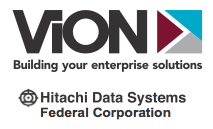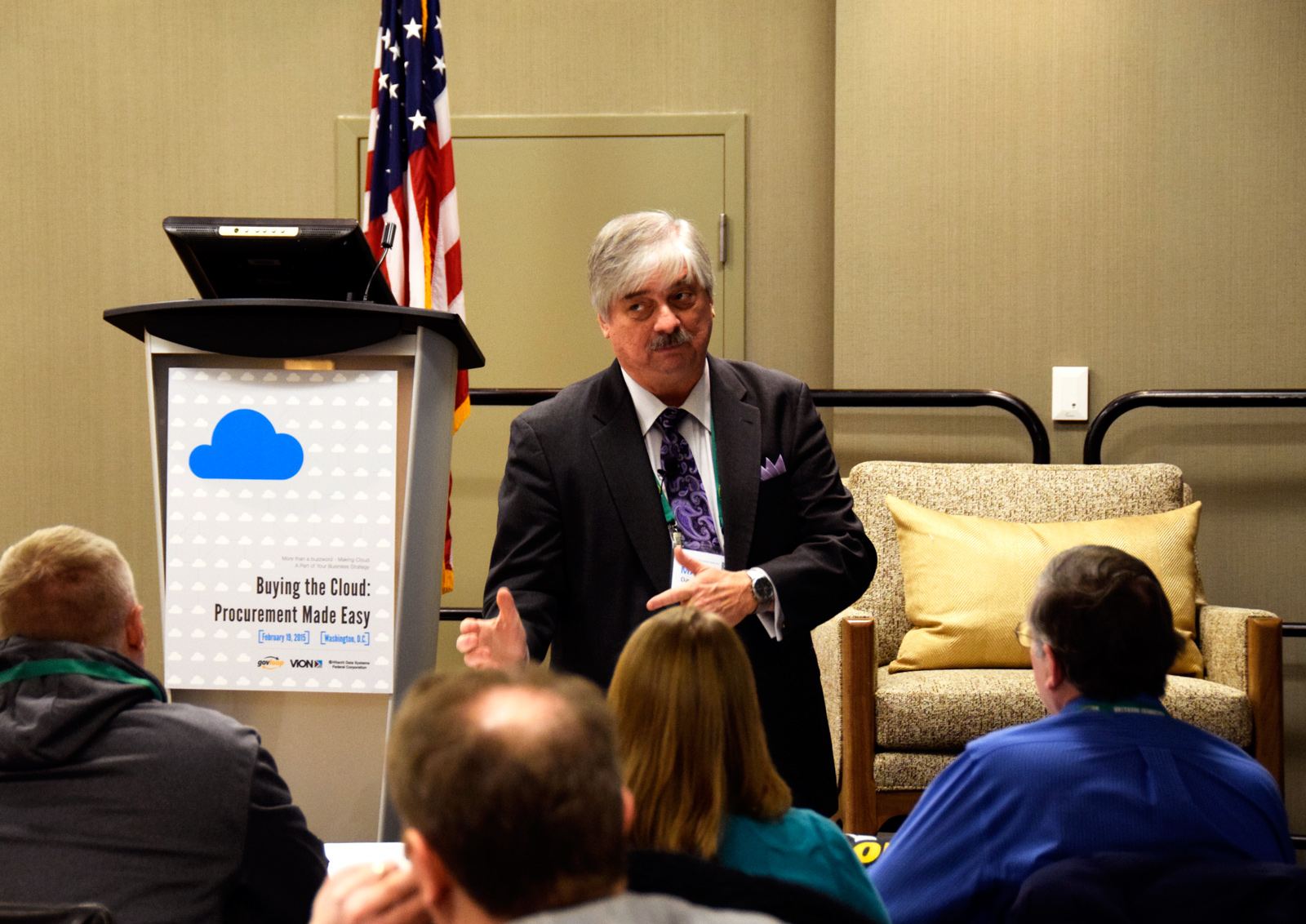Cloud is, ironically, a cloudy topic. At the February 19 in-person GovLoop training event entitled “Buying the Cloud: Procurement Made Easy” the opening keynote speaker, Mark Day, Deputy Assistant Commissioner of Integrated Technology Services at the General Services Administration’s Federal Acquisition Service, kicked off the event by sharing with the audience the challenges facing the ever-elusive subject of cloud procurement.
So what, according to Day, makes cloud procurement such a wishy-washy topic?
Firstly, cloud contracts tend to be very broad in scope. This complicates the process, because the language of the contracts are worded such that they end up including services other than cloud, as well as cloud.
When people start bringing in other services into a process that should be dedicated entirely to cloud, things get very complicated very fast, costing time and money. We rarely see procurement activity that is purely cloud. “Cloud deployments are mostly managed services with cloud sprinkled on top,” Day remarked. This causes problems with integration. “If you write [the contract] too broadly, you capture a lot of services you don’t intend to,” he explained.
Generally, there is a seemingly never-ending stream of options to choose from for cloud procurement. The contracting options that Day explored include: using multiple vendor systems, fixed unit prices, IDIQ contracts (Indefinite Disclosure, Indefinite Quantity), BPA’s (Broad Purchase Agreements), and SLA’s (Service Level Agreements), to name just a few. It means that there’s a great deal of ongoing debate and confusion going on over best practices for cloud procurement.
What’s the end-of-the-day fallout from all of this uncertainty and vagueness?
When cloud procurement is such a decentralized, unorganized, and confusing field for federal workers, it’s highly difficult to reach a wide consensus about the right way to go about buying the cloud. It ends up being extremely difficult to standardize anything, which certainly doesn’t help the government do its job better.
How is the GSA looking to help make cloud procurement easier?
The GSA has launched an initiative called the Special Item Number Project. This initiative will assign a Special Item Number (SIN) to make cloud procurement much easier and more centralized for federal cloud customers.
Also, Day discussed the model of cloud procurement known as BPAs – Blanket Purchase Agreements for services such as Email-as-a-Service (EaaS) and Infrastructure-as-a-Service (IaaS). EaaS, especially, has proven to be a crowd-pleaser, and customers are very happy with this model, and Day encourages replicating it broadly. It’s always important to listen to the customer.
In terms of what the GSA will do in future, Day encouraged the audience to communicate with the GSA its wants in terms of cloud procurement. In fact, the GSA recently released a Request For Information (RFI) to cloud customers, to determine the next generation of cloud computing.
“It’s a wide open conversation,” Day said. “I would encourage everyone in the industry, and every customer: tell us what you want. This is your moment in time to tell us where you want to go and what you want to do. And we’re committed to taking whatever suggestions you have.”
So, if you have any familiarity with cloud procurement, Day and the GSA want to hear from you. It’s up to you to clarify the future of cloud procurement, whatever that may look like.
Want to read more about GovLoop’s cloud procurement event? See all recap blogs here.






Leave a Reply
You must be logged in to post a comment.